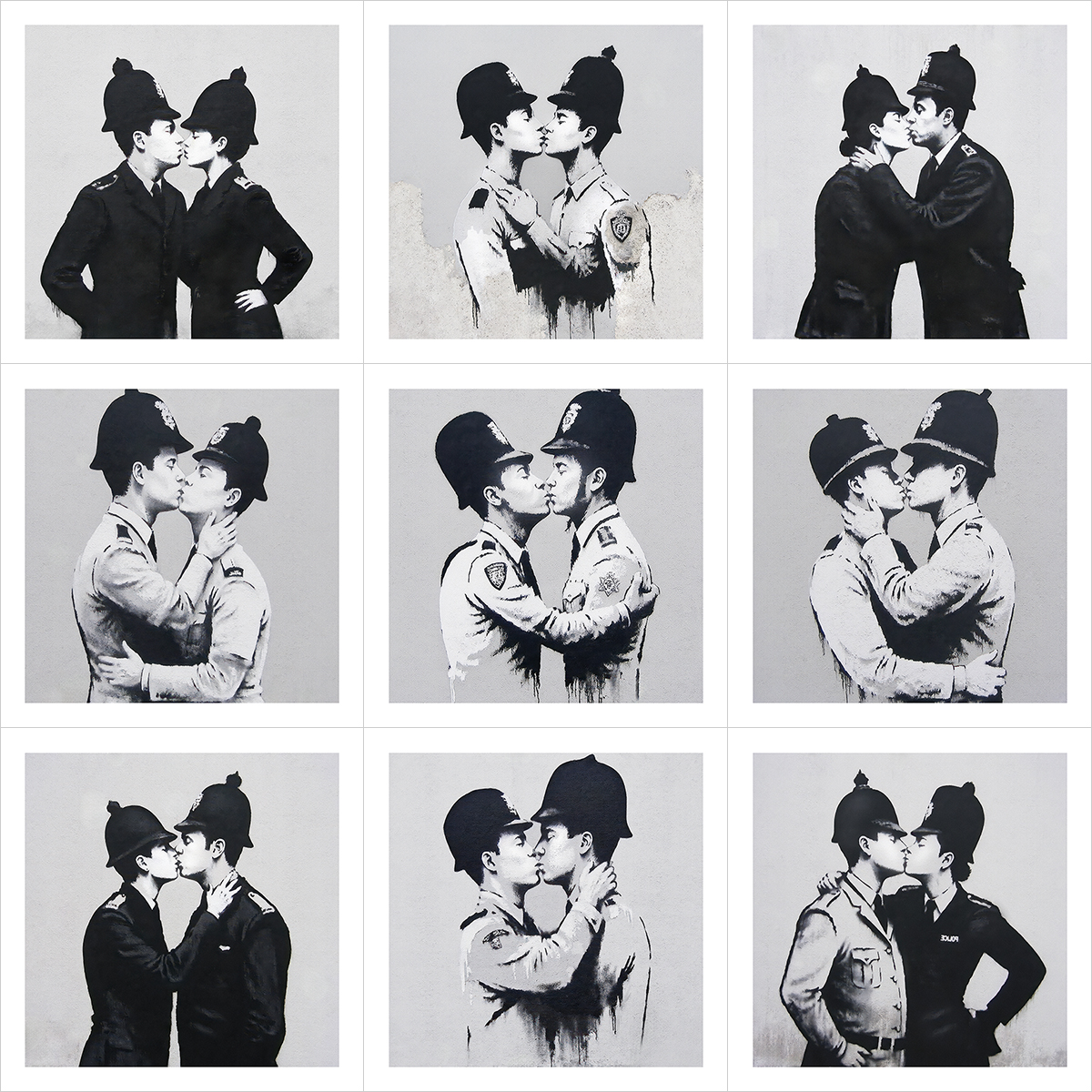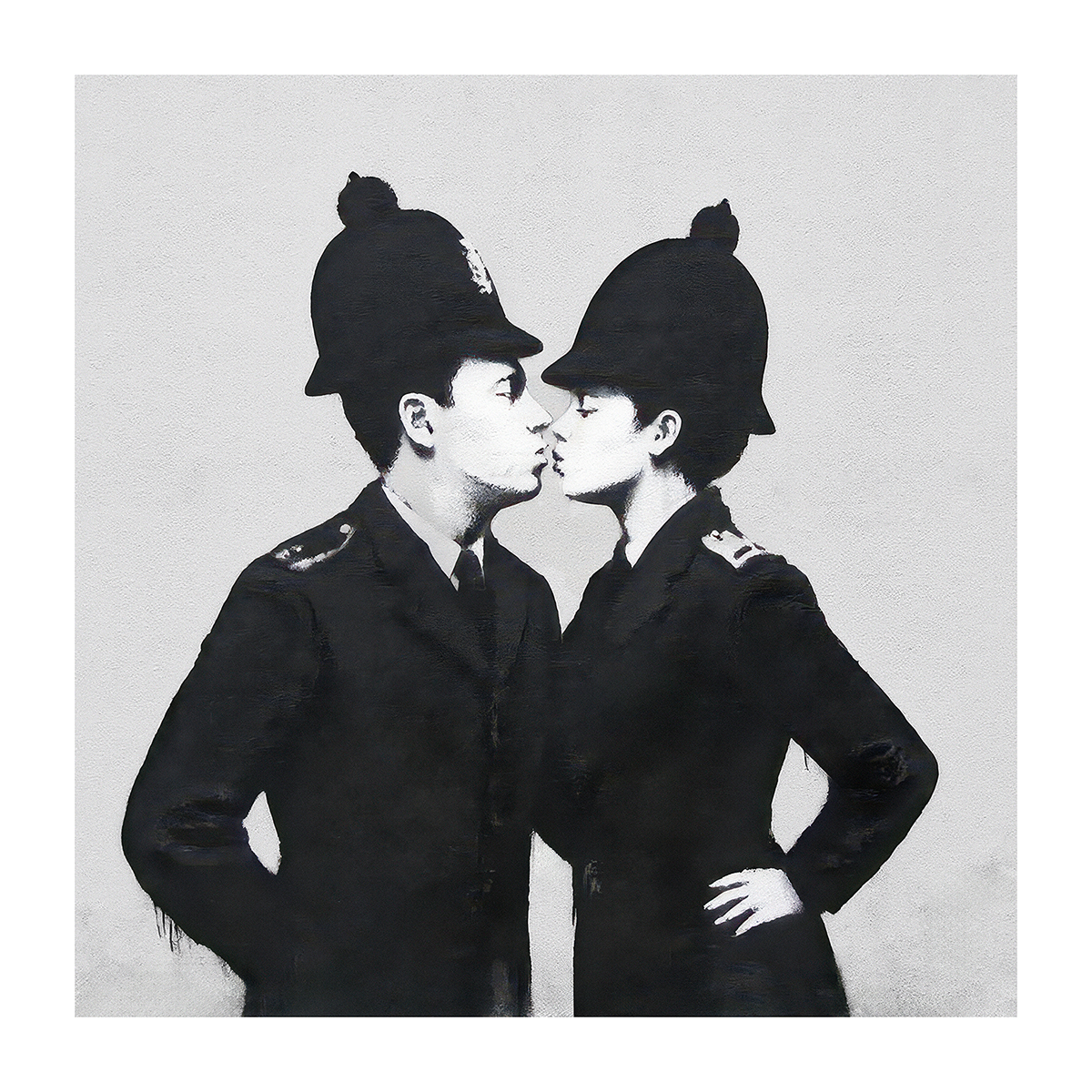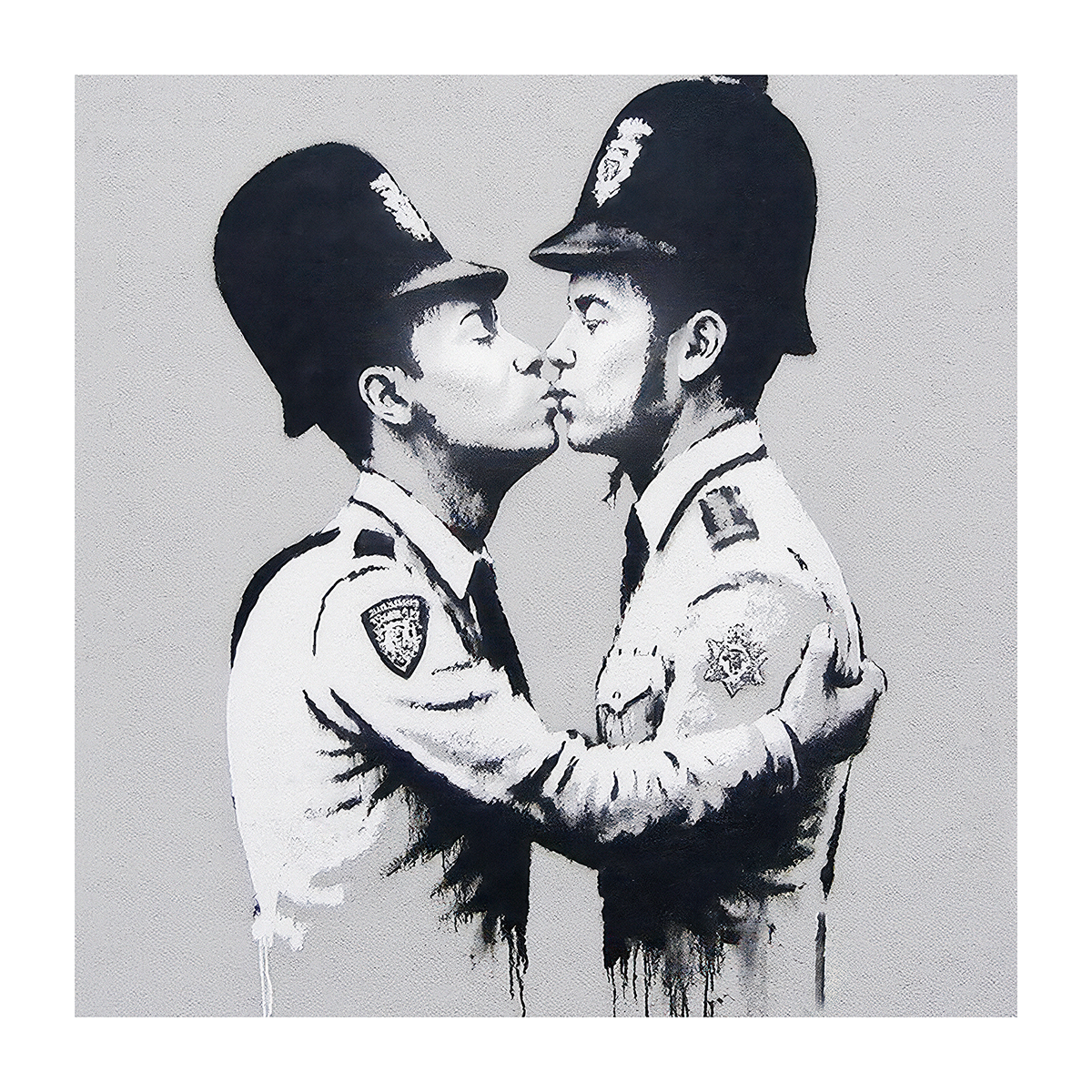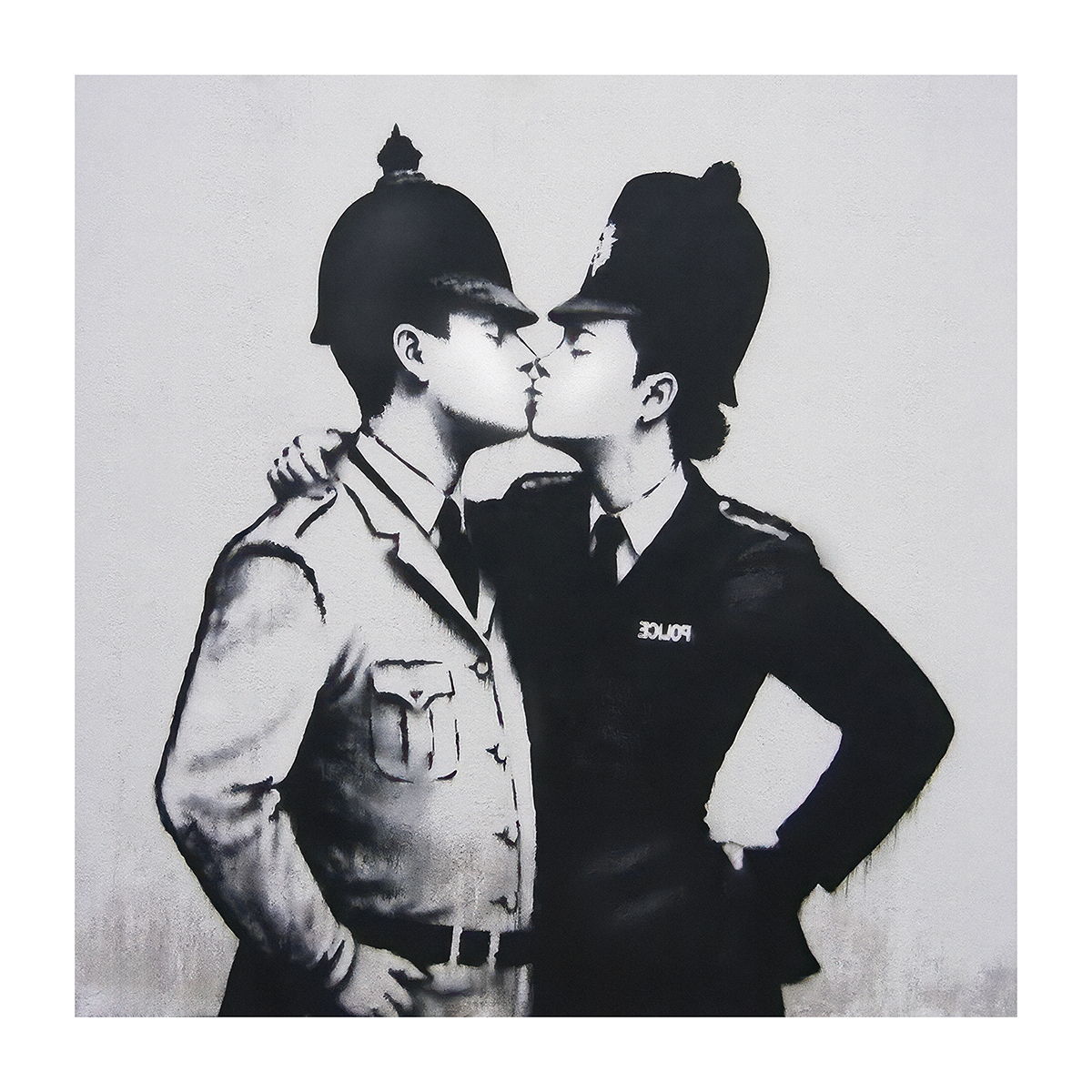Project Description
Art generated by Artificial Intelligence. Image Generator. V084
(Artworks by a WorldWide-Famous artist from the early 21st century. III)
AI Image Generator
Digigraphie mounted on Dibond
FMuseum : W 240 cm x H 240 cm
This work is composed of 9 images W 80 cm x H 80 cm arranged in a 3 x 3 array
Artificial Intelligence in Art: Appropriation or Creation?
The rise of artificial intelligence (AI) in art introduces a new dimension to the philosophical debate surrounding appropriation and creation. AI-generated art, created through algorithms that process and reinterpret existing images and styles, raises important questions about the nature of authorship in the digital age. In this context, the artist becomes not just a creator, but a curator of “Inputs”, orchestrating algorithms to produce new visual forms. AI, far from being a passive tool of replication, acts as an active agent of transformation and innovation.
When AI generates new artworks based on pre-existing images, AI’s creative process becomes a form of synthesis, not imitation. The new works produced by AI are not mere copies; they are reconfigurations of visual languages that embody novel patterns, interpretations, and aesthetic possibilities. In this sense, AI-generated art expands the dialogue on creativity, positioning itself as a contributor to cultural production rather than a threat to human originality.
The Pertinence of Using Banksy’s work in AI Art
Banksy’s work, rooted in sharp political commentary, guerrilla tactics, and critiques of consumer culture, already operates within a framework of appropriation. Whether through the reuse of iconic imagery or the tactical repurposing of urban spaces, Banksy’s art challenges the commodification of creativity, embracing a kind of “open-source” approach to cultural production.
AI-generated art, which draws upon Banksy’s iconography, extends his critique into the digital sphere. By democratizing the tools of creation, AI mirrors Banksy’s ethos of taking art outside traditional institutional boundaries. AI-generated art, similarly, disrupts conventional notions of authorship by blending human intention with machine innovation.
Art generated by Artificial Intelligence. Image Generator. V084 – 1200 pixels width imagefile













